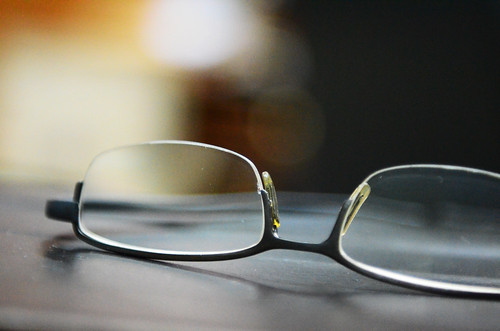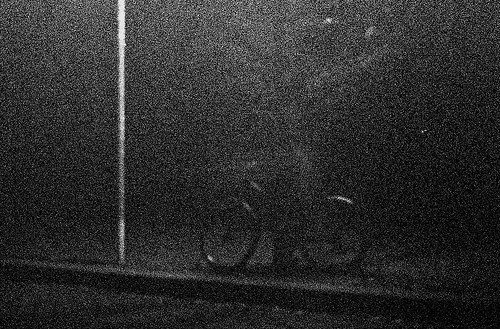Define Camera ISO – Photography Tutorial
I’m sorry to my handful of regular readers for not posting in the last few days. The power was out at our home for nearly three days due to heavy storms, and I had to drive thirty minutes away to plug in my laptop, which seems to have less than three hours of battery life. My “real” job (you know…the one with a boss) required my attention first and foremost.
Anyway, to continue on with the photography lessons that I mentioned several posts ago, I decide to define ISO in this post. In traditional film photography ISO (film speed) is the measure of the film’s sensitivity to light. Now, in digital photography, ISO measures the sensitivity of the image sensor to light. Like in film photography, the lower the ISO number the less sensitive to Light your digital camera is. Also the lower the ISO number, the less “grain” the film image has, and the less “noise” that a digital image has.
ISO 100 is often recommended for producing crisp images with little to no noise or grain. You can choose to leave your camera in Auto Mode, and the camera will select what it deems to be the appropriate ISO for the light conditions you are shooting with. However, most cameras will allow you to set your own ISO as well.
When choosing the ISO setting, there are several factors that need to be considered:
The first factor is how well lit the subject is, since the lower the ISO the longer the exposure needs to be.
The second factor to be considered is whether you want a grainy image or a crisp noise free image. A higher ISO is more desirable if grain in the image is actually desired for artistic effect.
The third factor to consider is whether or not you are using a tripod. A lower ISO requires a longer exposure, and the resulting image is likely to suffer from blur due to camera shake. Using a tripod will solve this problem.
Finally, you will need to consider if your subject is moving or still. It may be best to choose a slower shutter speed if you are taking pictures of a moving subject.
So, if your scene is well lit, you want little to no noise, you are using a tripod and have a non-moving subject, then a low ISO is ideal. Conversely, if the scene is fairly dark, you do want noise in your image, you are hand holding the camera or your subject is not stationary, a higher ISO may be best so that you can shoot with a faster shutter speed and still get the proper exposure.
There is a basic guide to picking your ISO under certain lighting conditions, which should help to define which ISO to choose for a particular scene:
| Lighting | ISO |
| Bright sunshine | 100 |
| Mild shade or overcast | 200 |
| Deep shade | 400 |
| Indoors on a sunny day | 800 |
| Indoors at night | 1600 |





